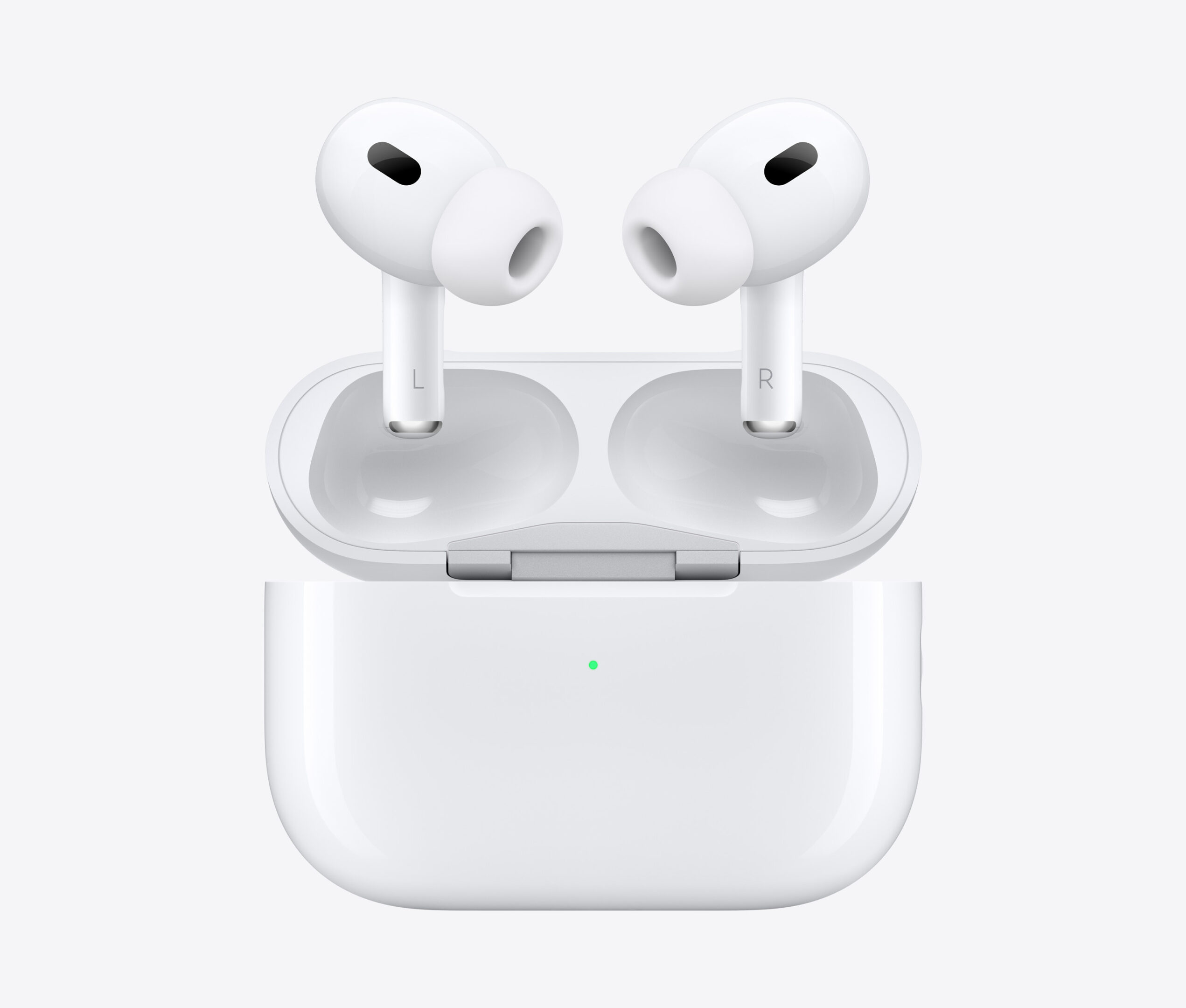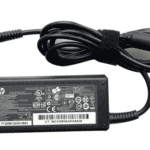Many iPhone users have faced AirPods connection problems after updating to iOS 18. The frustration of putting on your AirPods only to find they won’t connect can ruin your listening experience. The most common fixes include restarting both devices, checking Bluetooth settings, and disabling Automatic Switching between Apple devices.
The iOS 18 update seems to have particularly affected how AirPods interact with iPhones. Users report that their AirPods suddenly stop connecting after the update, even if they worked perfectly before. Some have also noticed unusual behavior, such as AirPods Max maintaining active connections even when placed in their case.
Simple solutions often work best for this problem. Restarting your iPhone can clear temporary software glitches that prevent connection. Making sure both AirPods are properly charging in their case and checking that Bluetooth is enabled on your device are also quick fixes worth trying first.
AirPods Not Connecting to iPhone iOS 18: Quick Troubleshooting Guide
If your AirPods won’t connect to your iPhone after updating to iOS 18, you’re not alone. This issue can happen due to software glitches, Bluetooth conflicts, or firmware mismatches. Here’s a quick and effective guide to get your AirPods reconnected.
1. Restart Your iPhone and AirPods
- Restart your iPhone: Press and hold the side button and either volume button, then slide to power off. Turn it back on after a few seconds.
- Restart your AirPods: Place them back in the charging case, close the lid, wait 15 seconds, then open the lid and try reconnecting.
Restarting clears temporary glitches affecting connectivity.
2. Check AirPods Battery Levels
- Make sure both your AirPods and their charging case have sufficient charge.
- Low battery can prevent your AirPods from connecting properly.
3. Toggle Bluetooth Off and On
- Go to Settings > Bluetooth.
- Turn Bluetooth off, wait a few seconds, then turn it back on.
- Try reconnecting your AirPods.
4. Forget and Re-pair Your AirPods
- Go to Settings > Bluetooth.
- Tap the “i” icon next to your AirPods.
- Select Forget This Device and confirm.
- Place your AirPods in the case, open the lid, and hold the setup button until the light flashes white.
- Follow the on-screen instructions to pair again.
5. Update AirPods Firmware
- Make sure your AirPods have the latest firmware installed.
- Firmware updates often fix bugs that cause connectivity issues.
- To update, keep your AirPods connected to your iPhone and charging, and the update will install automatically in the background.
6. Reset Your AirPods
- Place AirPods in the charging case and open the lid.
- Hold the setup button on the back of the case for about 15 seconds until the status light flashes amber, then white.
- Reconnect your AirPods to your iPhone.
7. Check for iOS Updates
- Sometimes Apple releases quick patches after major updates.
- Go to Settings > General > Software Update and install any available updates.
8. Additional Tips
- Ensure no other Bluetooth devices nearby are interfering.
- Try connecting your AirPods to another device to isolate the issue.
By following these steps, most AirPods connection issues after iOS 18 updates can be resolved quickly. If problems persist, contacting Apple Support may be necessary.
For detailed troubleshooting, see Apple’s official guide on AirPods connection issues (Apple Support).
Key Takeaways
- Restart both your iPhone and AirPods to resolve common connection issues after iOS 18 update.
- Check that Bluetooth is enabled and try disabling Automatic Switching between devices.
- Update your iPhone to the latest iOS version for potential bug fixes from Apple.
Troubleshooting AirPods Connectivity Issues
Many users have reported connection problems between their AirPods and iPhones after updating to iOS 18. These issues range from complete failure to connect to frequent disconnections during use.
Ensuring Compatibility with iPhone 15 and iOS 18
iOS 18 introduced several changes to how Bluetooth devices connect to iPhones, particularly affecting AirPods users. For optimal performance, users should ensure both their iPhone and AirPods firmware are up to date.
To check for updates:
- Go to Settings > General > Software Update on the iPhone
- Place AirPods in their case and connect to power
- Keep the iPhone nearby to trigger automatic firmware updates
Some iPhone 15 models have shown specific compatibility issues with certain AirPods generations after the iOS 18 update. Users experiencing persistent problems should disable Automatic Switching Between Devices, which has resolved connection issues for many.
Apple has acknowledged some Bluetooth connectivity bugs in iOS 18 and is working on patches. Users should install the latest point updates (like 18.0.1 or 18.1) which often contain fixes for these specific issues.
Exploring Common Bluetooth Problems
Bluetooth connection issues often stem from interference or software glitches. After updating to iOS 18, many users need to reconfigure their Bluetooth settings.
Common Bluetooth problems include:
- Connection dropping during calls
- Audio cutting out intermittently
- AirPods connecting to only one ear
- Failure to auto-connect when removed from case
To troubleshoot basic Bluetooth issues:
- Toggle Bluetooth off and on in Control Center
- Check for nearby devices causing interference
- Move away from Wi-Fi routers and microwave ovens
- Restart your iPhone to clear temporary Bluetooth bugs
Users of iPhone models running iOS 18 report particular issues with Bluetooth connections in vehicles. These problems seem more prevalent than with previous iOS versions.
Opening the Bluetooth settings menu and waiting 10-15 seconds before attempting to connect can help the system properly detect available devices.
Utilizing the Forget This Device Option
When persistent connection problems occur, removing and re-pairing AirPods often resolves issues. The “Forget This Device” option clears all pairing data and allows for a fresh connection.
To forget AirPods on an iPhone:
- Go to Settings > Bluetooth
- Find your AirPods in the device list
- Tap the (i) information icon
- Select Forget This Device and confirm
After removing the device, users should:
- Put both AirPods in the charging case
- Close the lid for 15 seconds
- Open the lid and hold the setup button until the light flashes white
- Follow the on-screen instructions to reconnect
This process helps clear incorrect settings or software glitches that prevent proper connections. Many iOS 18 users find this step particularly helpful when AirPods connect but audio doesn’t play through them correctly.
Resetting AirPods Using the Setup Button
When other methods fail, a complete reset of the AirPods often solves stubborn connection issues. This returns the AirPods to factory settings and clears all device pairings.
Steps to reset AirPods:
- Place both AirPods in their charging case
- Open the lid
- Press and hold the setup button on the back for about 15 seconds
- Wait for the status light to flash amber, then white
- Close the case and reconnect to your iPhone
For AirPods Pro users experiencing iOS 18 connection issues, the reset process is identical but may require additional steps afterward to reconfigure features like Spatial Audio or Noise Cancellation.
Battery level can affect reset success. Ensure the AirPods and case have at least 20% charge before attempting a reset. After resetting, users should test the connection by playing audio and moving between different apps to verify the problem is resolved.
Advanced Solutions and Customer Support
When AirPods fail to connect with iOS 18 devices, users may need to explore more technical fixes or seek help from Apple. These approaches can resolve persistent issues that basic troubleshooting can’t fix.
Performing a Firmware Update
AirPods require regular firmware updates to maintain compatibility with iOS devices. Unlike iPhones, AirPods update automatically when connected to an iOS device with an internet connection. To encourage a firmware update:
- Place AirPods in their charging case
- Connect the case to a power source
- Keep the paired iPhone nearby with internet access
- Wait 30 minutes for the update to complete
Users can check their current firmware version by going to Settings > Bluetooth > AirPods info (with AirPods connected). The latest firmware for AirPods 4 and other models often includes fixes for connectivity issues.
If automatic updates aren’t happening, try resetting network settings on the iPhone by going to Settings > General > Transfer or Reset iPhone > Reset > Reset Network Settings.
Seeking Professional Customer Service
When troubleshooting fails, Apple’s customer service offers specialized help. Users can:
- Contact Apple Support through the official support website
- Use the Apple Support app on iOS devices
- Schedule a Genius Bar appointment at an Apple Store
- Call Apple’s telephone support
Before contacting support, users should:
- Note any error messages
- List all troubleshooting steps already tried
- Have their AirPods serial number ready (found under the lid of the charging case or in Settings)
For iOS 18 specific issues, mentioning the exact iOS version and when problems began helps support staff diagnose the problem more effectively.
Opting for Replacement in Unresolved Cases
For unresolved issues that persist after exhausting all solutions, Apple may offer a replacement. Eligibility depends on:
- Warranty status (1-year limited warranty or AppleCare+ coverage)
- Whether damage is considered normal wear or accidental
- If the issue is confirmed as a hardware failure
The replacement process typically involves:
- Diagnostic testing by Apple technicians
- Verification of hardware vs. software issues
- Processing of replacement if eligible
For AirPods experiencing severe connection problems after iOS 18, Apple has sometimes provided replacements even outside warranty when it’s determined to be a widespread issue.
Users should back up any device-specific settings before exchanging their AirPods, as new units will need to be set up from scratch.







